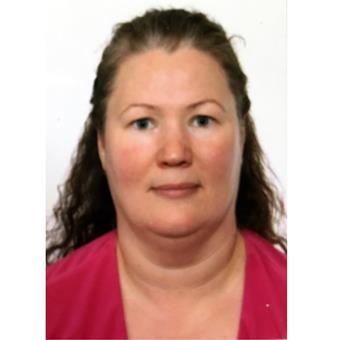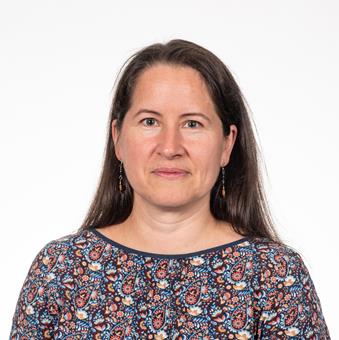AI and Autonomous Systems
Safely deploying autonomous systems in the real world is challenging. These systems often rely on sensors that produce incomplete and uncertain observations, whereas humans tend to reason in terms of more abstract objects and relations. To complicate things further, the rules dictating what behaviour is allowed are often written using these high-level representations. Certifying these systems requires the ability to show adherence to these rules using explanations that can be understood by humans. This highlights the need for the ability to combine reasoning and learning.
My research interests revolve around explainable and human-centered AI and autonomous systems, particularly the combination of symbolic and subsymbolic AI. During my PhD I investigated different ways to robustly monitor safe system behaviour in the context of autonomous systems by performing logic-based stream reasoning. As part of this work, I developed the DyKnow-ROS stream reasoning framework built on the Robot Operating System (ROS). Much of my work was inspired by the pioneering results from the WITAS (Wallenberg Information Technology and Autonomous Systems) project performed at the AI and Integrated Computer Systems (AIICS) division and has subsequently been improved on. After my PhD I spent a few years at Saab Aeronautics where I helped initiate and acquire resources for several AI and autonomy initiatives becoming the first Point of Contact for Artificial Intelligence.
ReaL Stellar
When I was a research engineer at the Reasoning and Learning Lab (ReaL) at AIICS, I developed and maintained Stellar, which is an AIOps environment for AI research and development. It is designed to speed up research by making it easier to test different solutions, and is intended to be used in conjunction with Berzelius. Stellar consists of a network of AI machines running AI development software and can be used as a small cluster for running experiments. Both AI Academy (see below) and ReaL make use of Stellar, and the environment has previously been used for course projects involving autonomous systems.











































